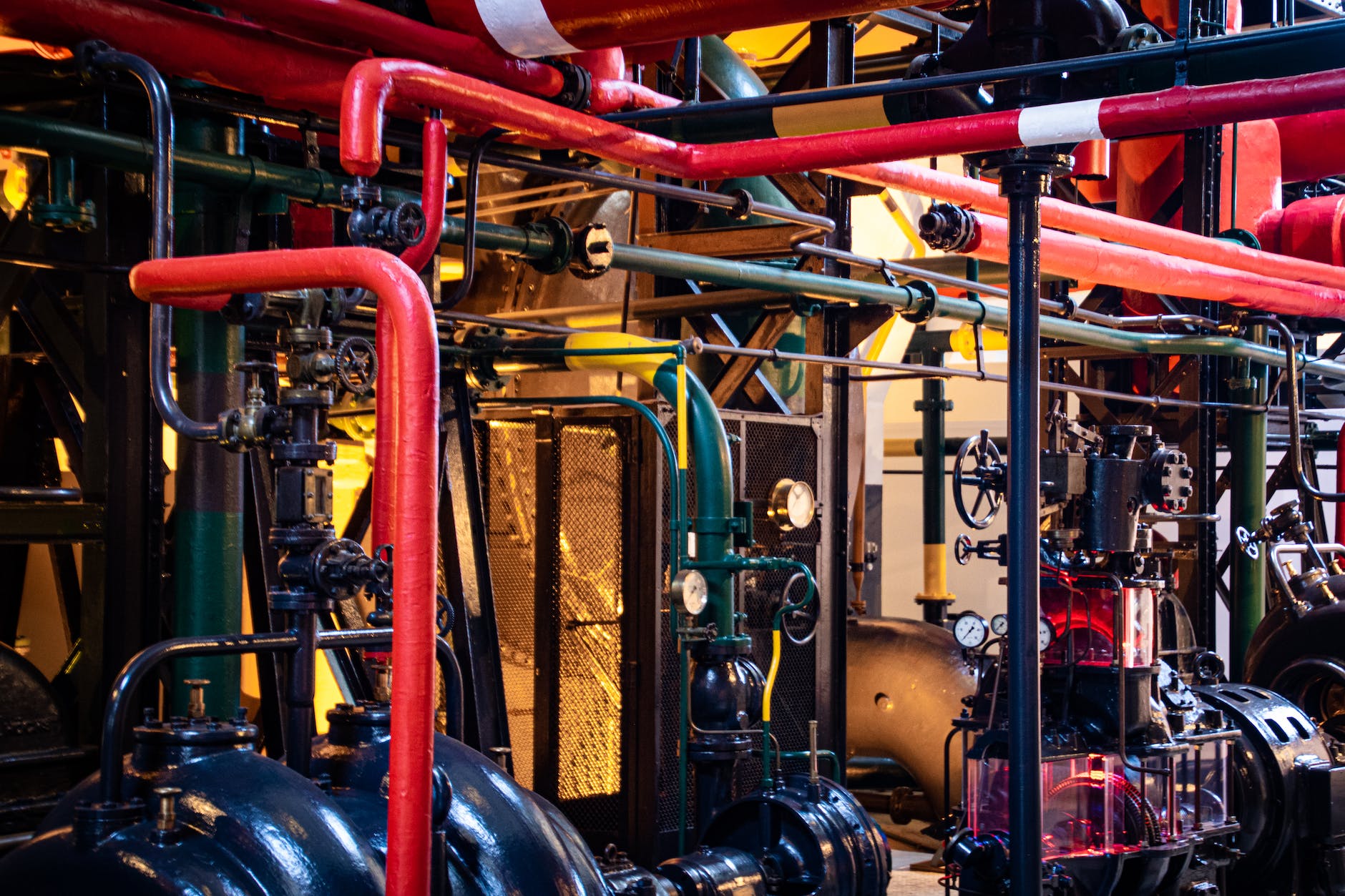
Hydrotest Safety Quiz: Test Your Safety Knowledge
Introduction
Hydrotest Safety Quiz : In industries where safety is paramount, such as construction, manufacturing, and oil and gas, hydrostatic testing, commonly known as hydrotesting, plays a crucial role. It ensures that pressure vessels, pipelines, and other equipment can withstand the pressures they are designed for. However, with great power comes great responsibility. Understanding the safety aspects of hydrotesting is vital to prevent accidents and protect both workers and assets. This article delves into the key safety considerations surrounding hydrotesting and offers a quiz to test your safety knowledge.
What is Hydrostatic Testing?
Hydrostatic testing involves filling equipment, such as pipelines or pressure vessels, with a liquid, usually water, to verify their structural integrity and ability to withstand pressure. The equipment is pressurized beyond its operational limits to identify any potential weaknesses or leaks. It’s a crucial quality control step in industries that rely on high-pressure systems.
Importance of Hydrotest Safety
Safety during hydrotesting is not just a legal requirement; it’s a moral obligation. The extreme pressures involved can lead to catastrophic failures if not managed properly. Prioritizing safety prevents accidents, reduces downtime, and safeguards personnel.
Potential Hazards During Hydrotesting
- Over pressurization: Exceeding equipment limits can lead to ruptures or explosions.
- Projectiles: Debris or equipment fragments can become dangerous projectiles.
- Leaks: Weak spots can lead to sudden and uncontrolled leaks.
- Chemical Reactions: Interactions between test fluids and equipment materials can cause corrosion or other reactions.
Safety Measures and Precautions
- Thoroughly inspect equipment before testing.
- Use proper safety relief devices to control pressure.
- Monitor equipment during testing for signs of stress.
- Limit personnel in the testing area to essential staff.
Personal Protective Equipment (PPE)
Proper PPE is essential:
- Helmets and goggles to protect against projectiles.
- Gloves and coveralls to prevent chemical contact.
- Ear protection due to high noise levels.
Emergency Preparedness
- Have an emergency shutdown procedure in place.
- Train personnel on emergency response protocols.
- Keep first aid kits and firefighting equipment nearby.
Common Hydrotest Safety Mistakes
- Inadequate Training: Improperly trained staff can make critical errors.
- Skipping Pre-Test Inspections: Identifying issues beforehand is vital.
- Neglecting Emergency Drills: Being unprepared for emergencies is risky.
Hydrotest Safety Quiz: Test Your Knowledge
Construction Safety Quiz: Test Your Safety Knowledge
Electrical Safety Quiz: Test Your Safety Knowledge
Chemical Safety Quiz: Test Your Safety Knowledge
Scaffolding Safety Quiz: Test Your Safety Knowledge
Why Regular Training is Essential
- Procedures and technologies evolve; training keeps workers current.
- Trained personnel can respond effectively to unexpected situations.
Case Studies: Learning from Past Incidents
Real-life incidents emphasize the importance of safety:
- Exxon Valdez oil spill.
- Deepwater Horizon explosion.
Role of Supervision in Safety
- Experienced supervisors ensure adherence to safety protocols.
- Immediate intervention in case of deviations is crucial.
Evolving Standards and Regulations
- Organizations must stay updated with industry safety standards.
- Compliance ensures a consistent safety approach.
Environmental Considerations
- Proper disposal of test fluids is vital.
- Preventing contamination of soil and waterways is a priority.
Hydrotesting Innovations and Safety
Innovations like remote monitoring enhance safety:
- Minimize human presence during testing.
- Detect issues in real-time, preventing accidents.
Conclusion
Safety is the cornerstone of any hydrotest operation. By understanding the risks, adhering to protocols, and continuously updating practices, we ensure the well-being of workers and the environment. Test your knowledge through our quiz and keep safety at the forefront of every hydrotesting endeavor.
FAQs
Question 1: What is a hydrotest?
Answer: A hydrotest is a procedure where a pressure vessel, pipeline, or other equipment is subjected to a controlled pressure using a liquid, typically water, to ensure its structural integrity and to identify any potential leaks or weaknesses.
Question 2: Why is safety important during a hydrotest?
Answer: Safety is crucial during a hydrotest to protect personnel, equipment, and the environment. High pressures involved in hydrotests can pose significant risks, including equipment failure, explosions, and injuries if proper safety measures aren’t followed.
Question 3: What are some key safety precautions before starting a hydrotest?
Answer: Before starting a hydrotest, ensure that all personnel are trained in the procedure, proper PPE (Personal Protective Equipment) is worn, the test area is secured, and emergency procedures are in place. Also, ensure that equipment is inspected for potential hazards.
Question 4: Why is proper equipment inspection necessary before a hydrotest?
Answer: Proper equipment inspection helps identify potential weak points, corrosion, or defects that could lead to failure during the hydrotest. Addressing these issues beforehand improves safety and prevents accidents.
Question 5: What is the “design pressure” of a vessel or pipeline?
Answer: The design pressure is the maximum pressure that a vessel or pipeline is designed to safely handle under normal operating conditions. It’s important not to exceed this pressure during a hydrotest.
Question 6: What safety measures should be taken during the filling phase of a hydrotest?
Answer: During the filling phase, monitor the pressure increase carefully to avoid rapid pressure buildup, which could lead to equipment failure. Ensure that relief valves are properly set and functioning to prevent overpressure situations.
Question 7: What’s the purpose of a hydrotest safety briefing?
Answer: A hydrotest safety briefing educates all personnel involved about the procedure, potential risks, emergency shutdown procedures, and the importance of following safety protocols to prevent accidents.
Question 8: What should you do if you observe a leak or equipment failure during a hydrotest?
Answer: If a leak or equipment failure is observed, immediately shut down the test, isolate the affected area, and follow emergency shutdown procedures. Inform relevant personnel and initiate necessary repairs before resuming the test.
Question 9: How should you depressurize equipment after a successful hydrotest?
Answer: Depressurization should be gradual and controlled to prevent sudden pressure drops that could damage the equipment. Open valves or relief devices in a controlled manner and ensure that all personnel are clear of the area.
Question 10: Why is proper record-keeping important after a hydrotest?
Answer: Proper record-keeping documents the test procedure, results, and any anomalies observed. This information is essential for future reference, analysis, and regulatory compliance.





















